Know what to Look for When Your Specs Call for Fire Rated Doors

Fire safety is no accident, which is why building codes mandate the installation of fire doors to protect all occupants. During a fire, the doors compartmentalize the affected area to isolate the smoke and flames, and buy the occupants the time they need to exit the building safely.
Our team at National Custom Hollow Metal is committed to fire safety, and we custom-build the galvanneal and stainless steel fire doors and frames you need. When you place your order, we label each door and frame according to the fire labeling requirements you specify based on the location they are to be used in (more detailed information below), keeping your customers in compliance with local building codes and the safety standards of the National Fire Protection Association (NFPA). We also encourage you to consult the NFPA’s website for more information, and to give us a call should you have specific questions about our product lines. Here’s an overview of how fire door labeling works:
Our fire door labeling procedures are certified and monitored by independent laboratories – Warnock Hershey and Underwriter’s Laboratories are independent agencies that test a variety of products for compliance with national safety standards. Compliance with those standards demonstrates a commitment to safety, an important consideration with today’s safety conscious citizens.
Labeling requirements are dictated by the door’s location in a building – Fire door labeling refers to the length of time that a door can keep an area compartmentalized from the spread of fire and smoke, with 20, 45, 90, and 180 minute labeling available. Doors and frames must have the same rating as the walls around them, and the minimum ratings are typically higher in high traffic areas. An opening that connects two separate buildings will typically require a 180 minute label, stairwells and elevator shafts will typically require 90 minute labels, and interior corridor doors will typically require 60, 45, or 20 minute labeling. In some cases, building codes may also require temperature rise and/or smoke and draft control labeling.
Door hardware must also meet minimum ratings – Although latches, hinges, closing devices, panic hardware, and hold open devices might not be directly labeled, they’re also rated for fire safety. All hardware must have a rating at least as high as the s in which they are installed.
To get your quote on custom fire doors and hardware, contact us online at this link, or give us a call at (800) 334-3070.

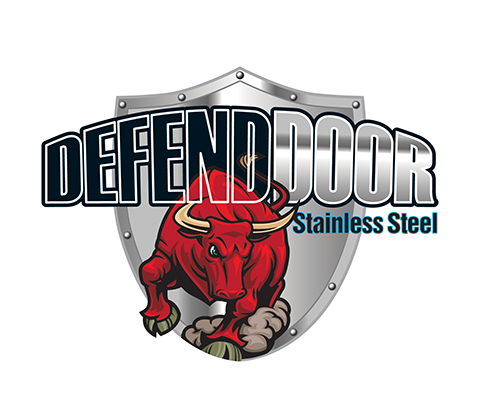
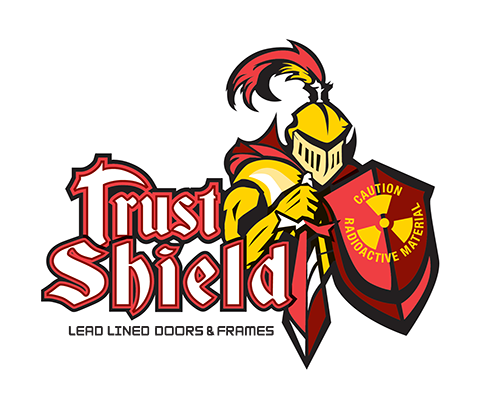

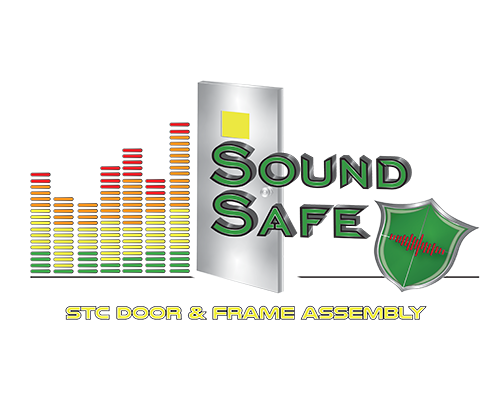
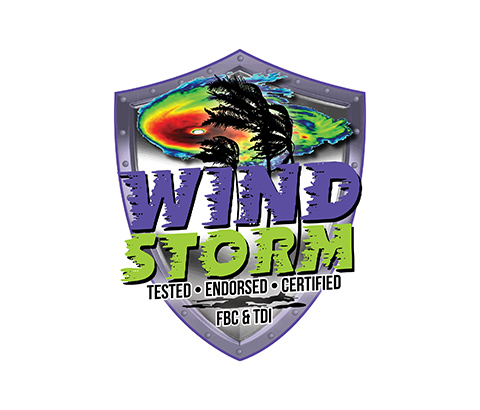
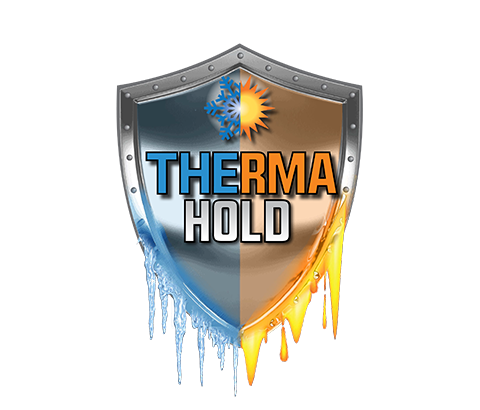
0 comments